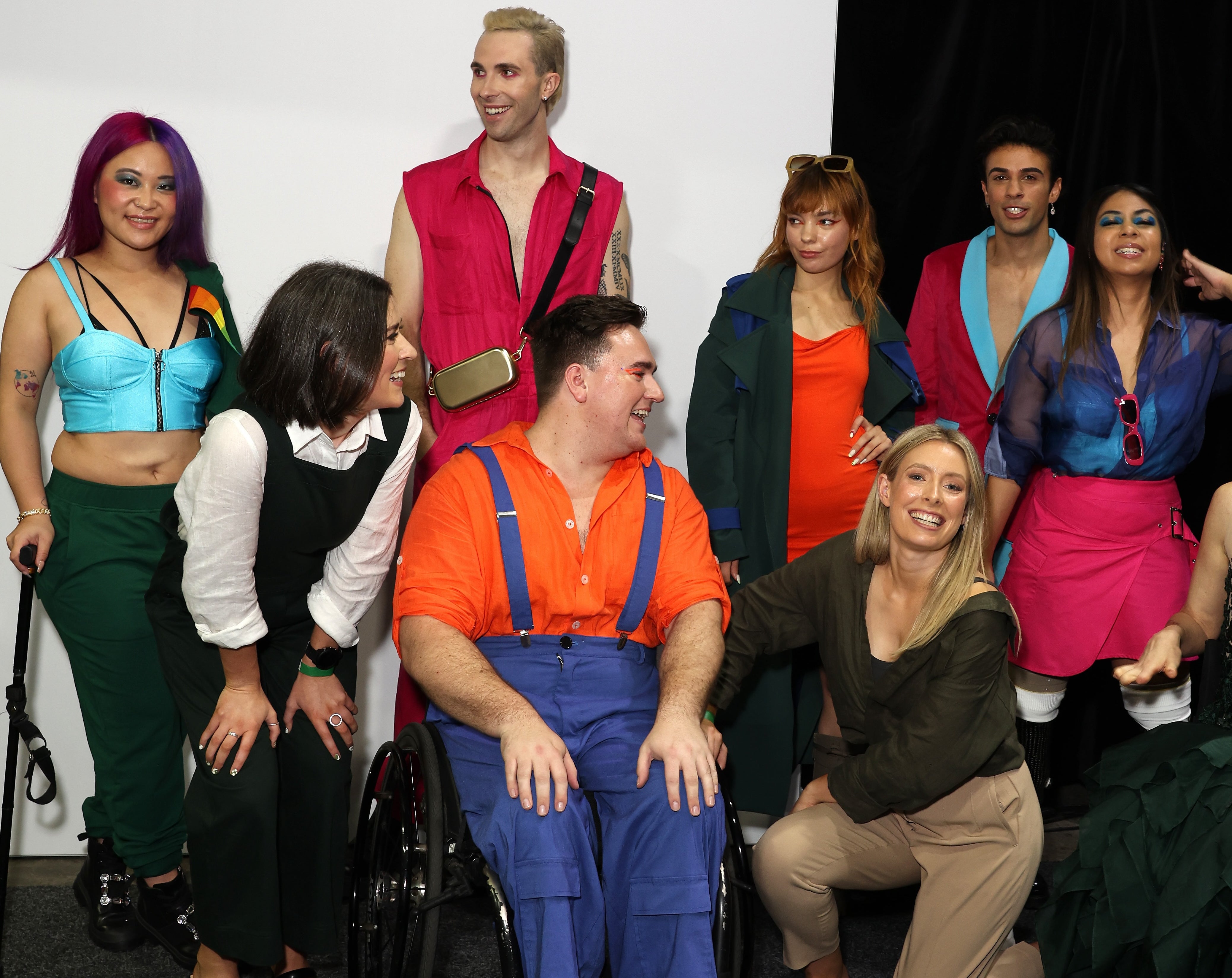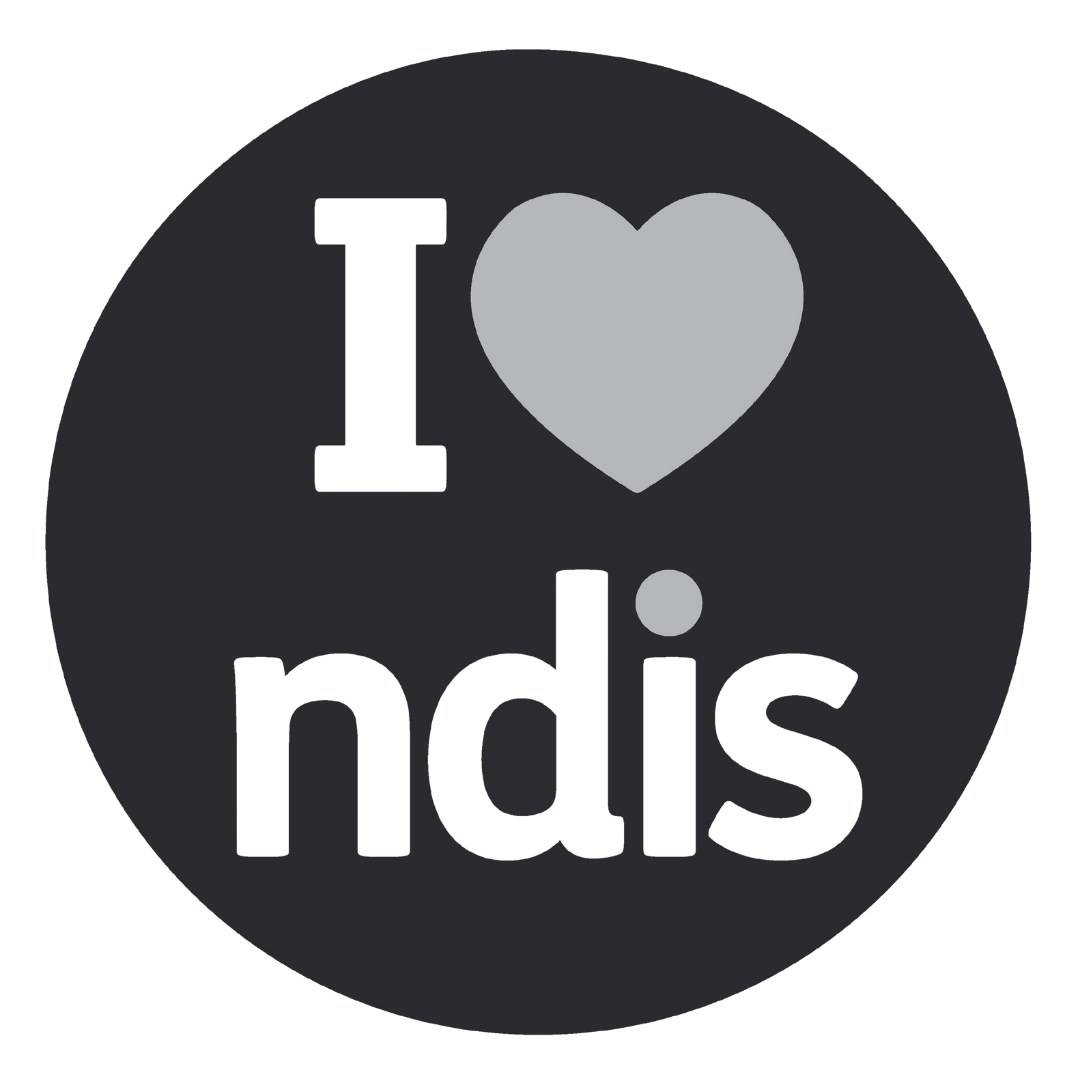As discussed in one of our previous blogs ‘what is adaptive clothing?’ we used to refer to JAM as an ‘inclusive clothing’ brand, as we felt that resonated well with our mission to include people with disability in the mainstream fashion industry and not create further seclusion from what already exists. However as we said, “the word ‘inclusive’ when used in fashion is synonymous with size diversity, and although JAM’s future goal is to be inclusive of as many people as possible (including broadening our sizing range), we didn’t want our community getting confused over the main purpose of our products or to feel as though we are not correctly representing ourselves.” As we continue to get asked about this language, we thought it was a good time to delve into this topic a bit further in this week’s blog.
When you think of an ‘Inclusive Fashion Brand’ you think of it embracing diversity in all its forms and ensuring that everyone, regardless of size, shape, age, gender, ethnicity, or disability status, feels represented and valued. However too often the ‘disability status’ part of diversity gets left out of the discussion. I cannot tell you how many times I have heard a brand, event, advertising and so many other examples be referred to as ‘inclusive’ with no acknowledgement of including those with disability. Most often when brands are being ‘inclusive’ and embracing ‘diversity’ this involves creating clothing lines that cater to a broad range of body types and sizes, from petite to plus-size, or featuring diverse models in marketing campaigns to reflect the ‘real world’. This is incredibly important work, but how are people with disability meant to feel when brands and businesses are applauded for being inclusive and diverse without any consideration of the disability community?
Similarly, when brands talk about prioritising ‘accessibility’, ensuring that their products are available and affordable to a wide range of consumers. This is often referring to the cost of a product or the number of locations customers are able to make purchases. Again, incredibly important but what about the actual accessibility of the product? When a clothing brand is claiming to be ‘accessible’, have they considered the needs of their customers with disability who require their clothing to be adaptive to be able to be effectively used? Have they considered how a customer with disability may find their shopping experience with that brand, both in-store and online?
We feel referring to JAM as an Adaptive Clothing brand best describes us because we specifically consider the needs of those with disability when it comes to fashion. We do occasionally still use the term inclusive fashion interchangeably, however we recognise we are not perfectly inclusive. We are a small business that is trying to do its best to provide clothing options to our customers that promote independence, dignity and self-expression. Within this we consider how broad disability is and how no two customers are the same. We think about how our different customers interact with our website to complete their shopping experience. We try to price our products so they are similar to other small clothing businesses, as we understand everyone should have access to clothing that makes them feel good. We have extended our sizing range as we have grown as a brand. We also understand that the work we do to be most inclusive or accessible is never over, we can always design for more dressing needs, improve our website user experience, attempt to price our products more affordably and stock a wider range of sizes, but we cannot do everything at once.
At the same time we acknowledge that no one can ever be truly ‘inclusive’ or ‘fully accessible’ to every single person, because everyone is different. This is partly why we have moved away from using this language to define our brand, as we think there will always be room to grow. This is also why we think others should think twice when referring to themselves as ‘inclusive’ or ‘accessible’. However we are firm believers that if a business, brand, or even an individual is trying to address the inequalities that exist within our society and industries like the fashion sector, they are doing good. In this day and age, people are quick to dissect language without considering the intention behind the words. At JAM we are proud to be contributing to the inclusion of people with disability in the mainstream fashion industry, and hope others are motivated to continue to push for broader discussions around inclusion too.


